Tomorrow marks the second anniversary of the devastating earthquake that killed about 300,000 people. President Michel Martelly in a report from earlier this week said that 800,000 Haitians are living without electricity, 500,000 can’t read or write, and 8 out 10 live on less than $2 a day. Though half of the rubble has been cleared and reconstruction has begun, Haiti has a long way to go in its recovery effort. Collected here are images made available by wire services leading up to the anniversary. -- Lloyd Young Please see Earthquake in Haiti for the initial post after the quake. (25 photos total)


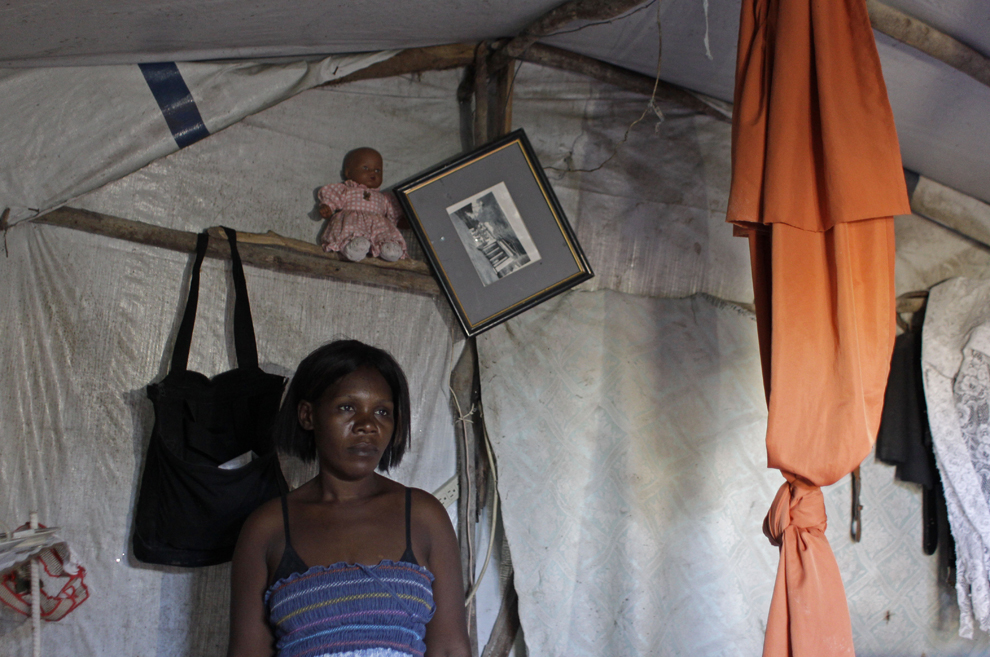



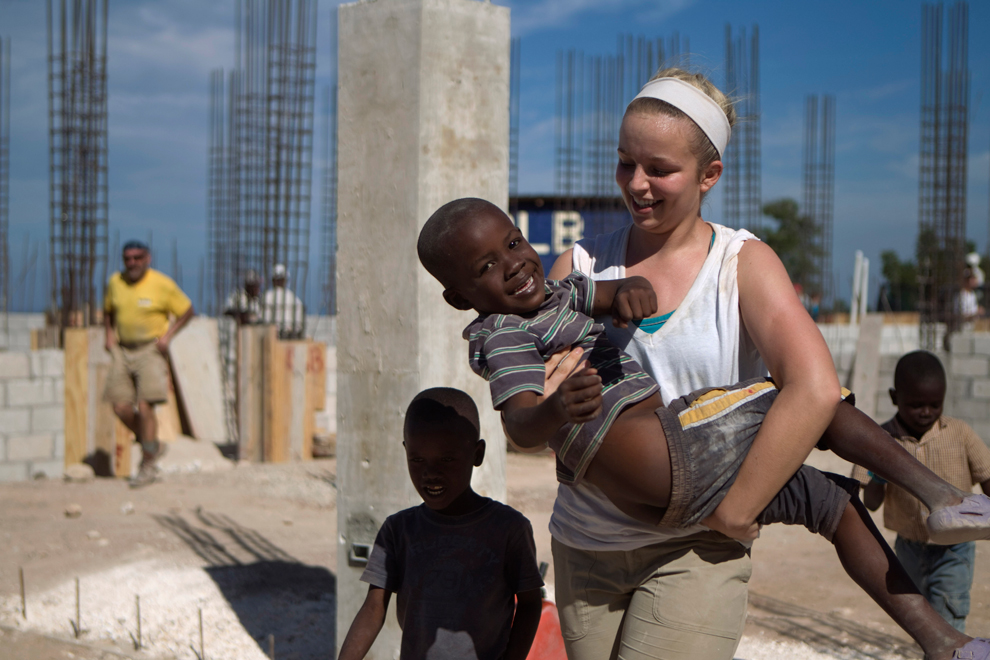
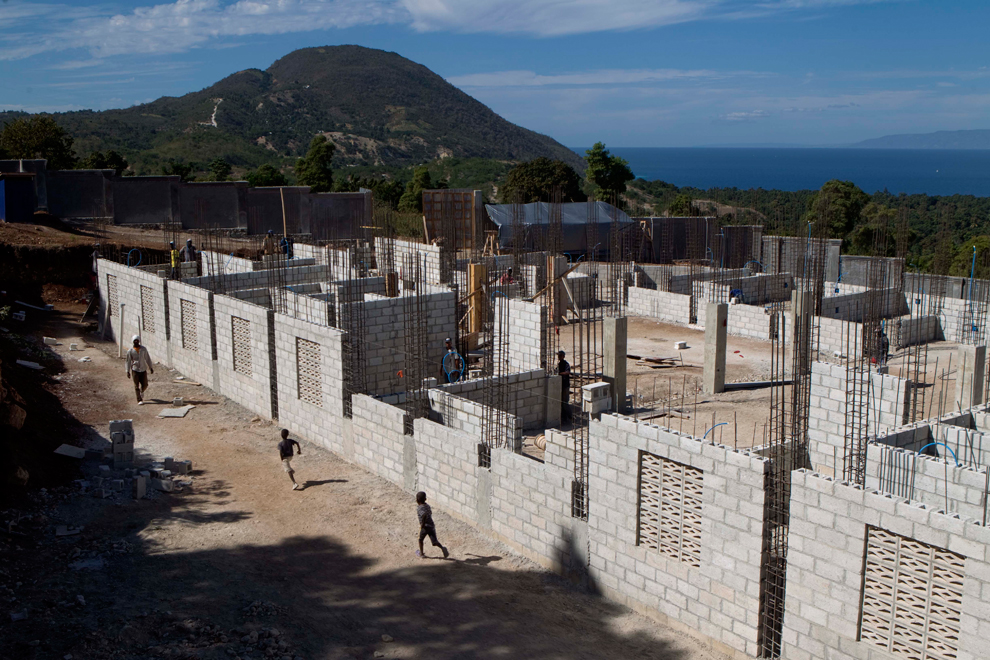
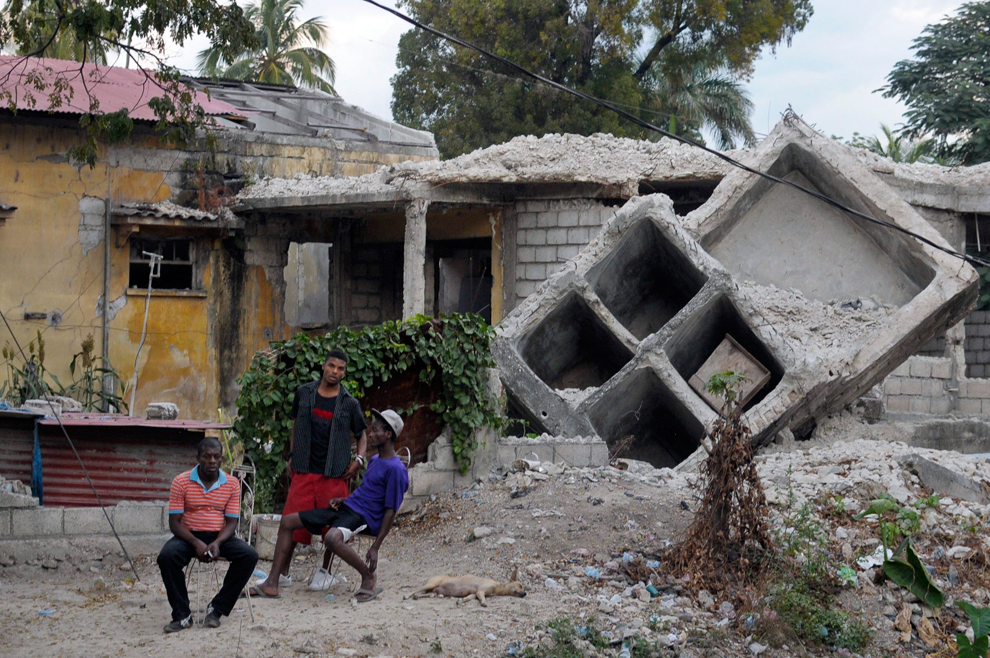
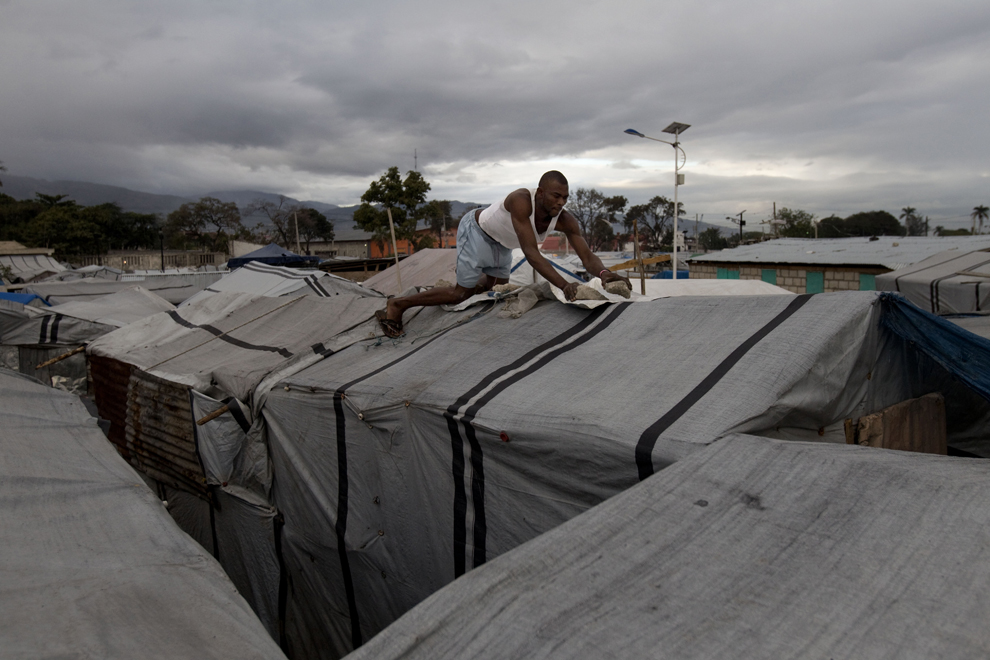
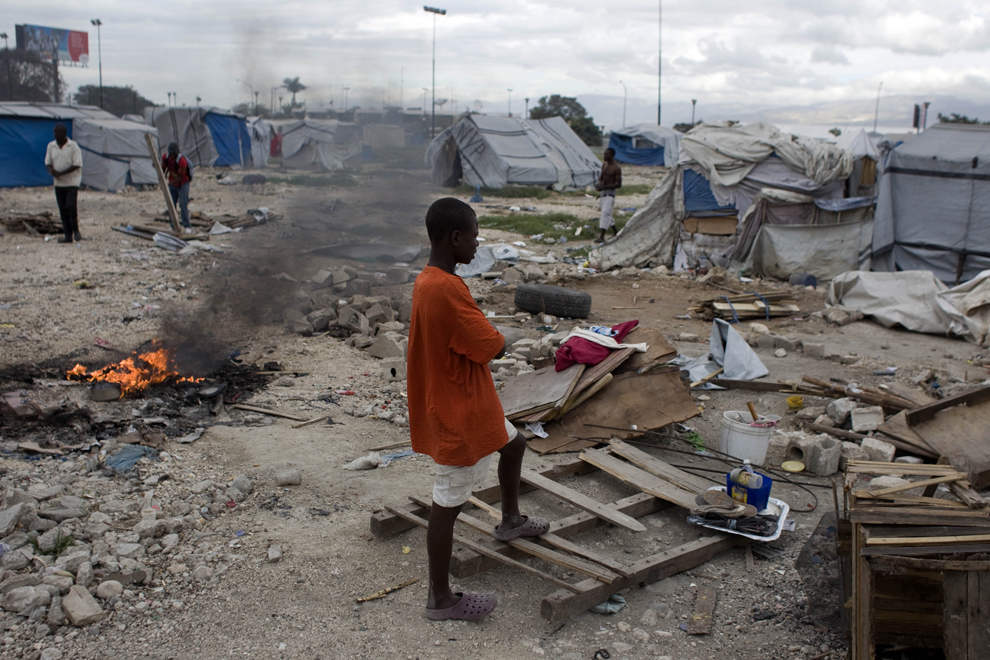
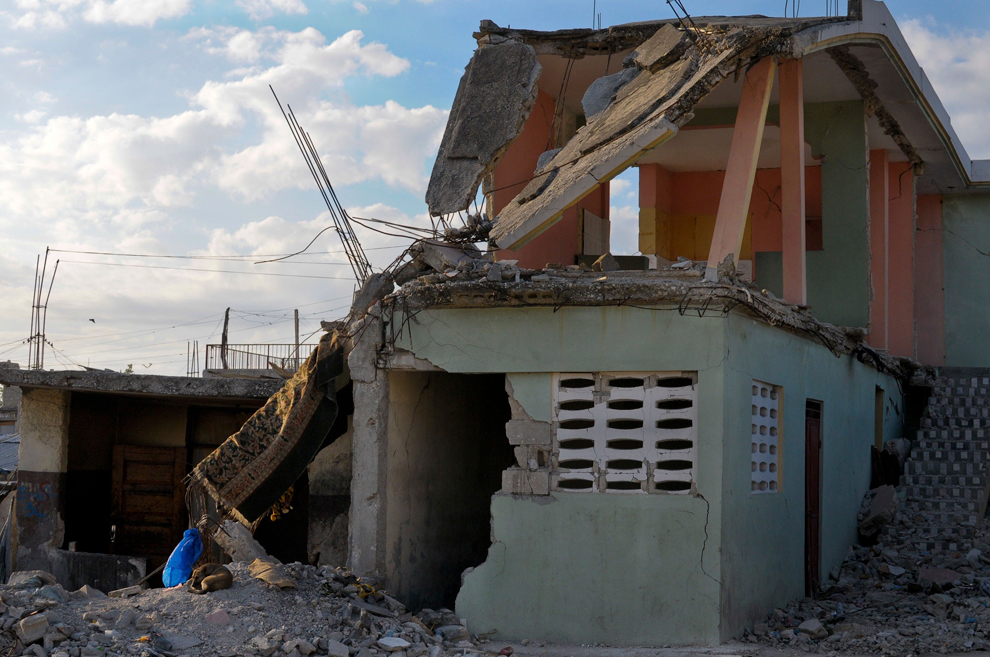
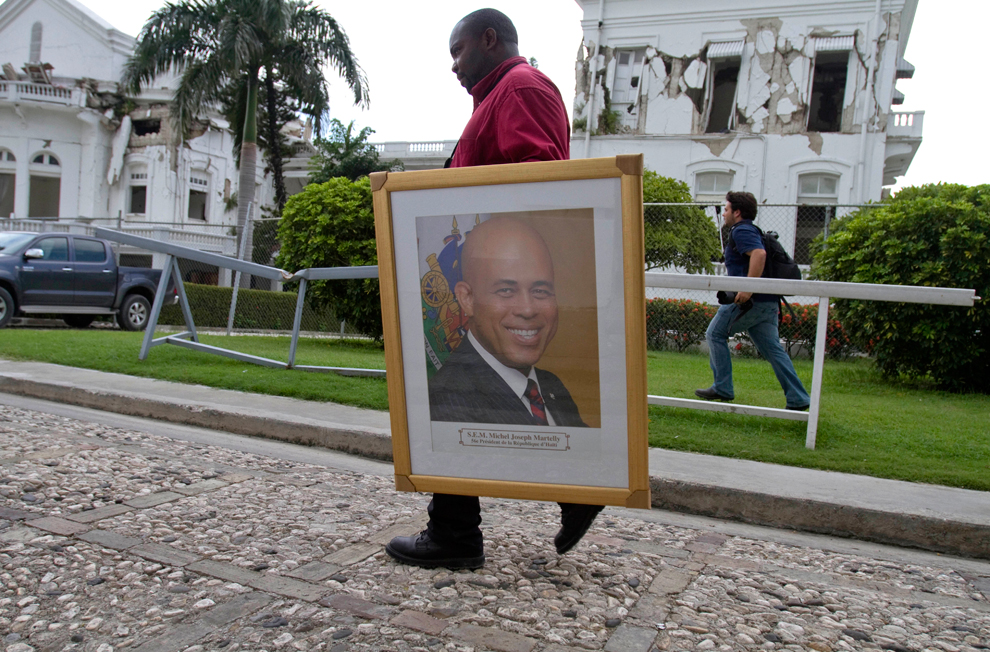
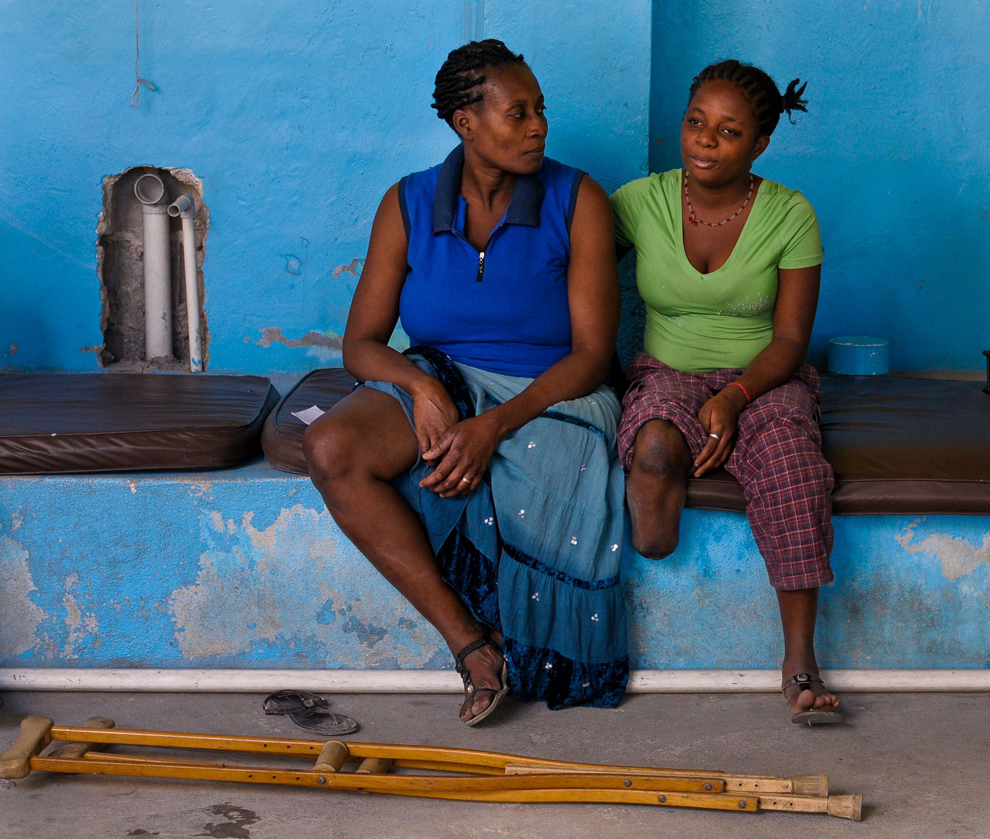
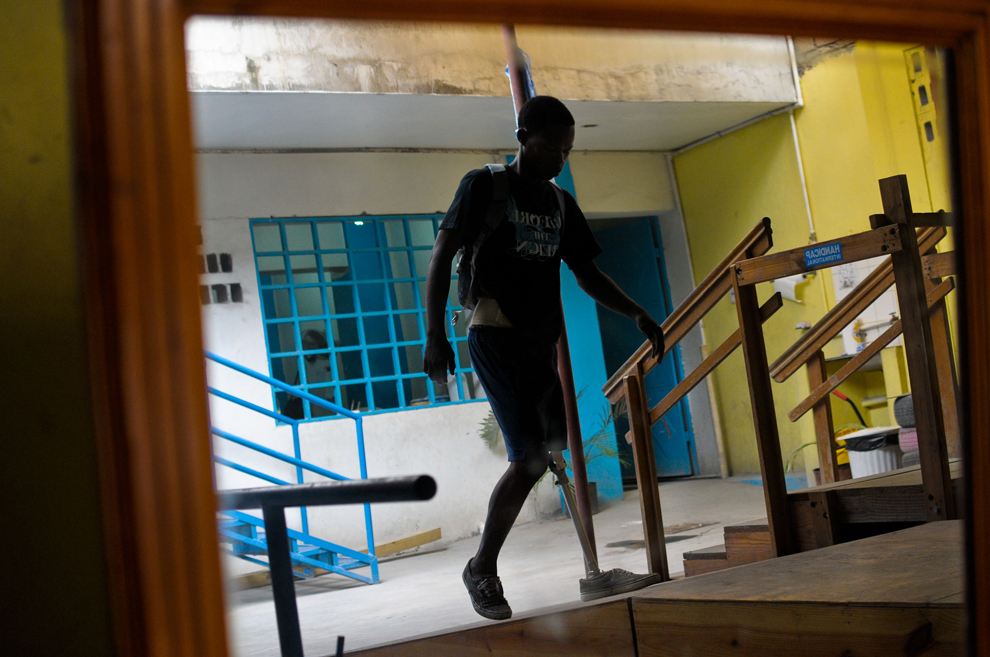
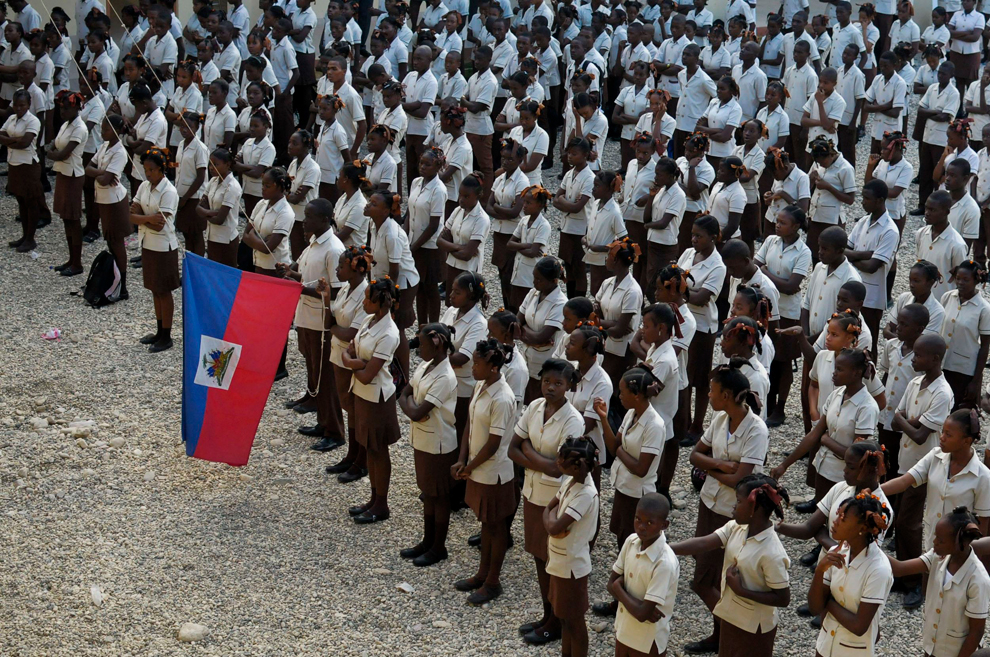
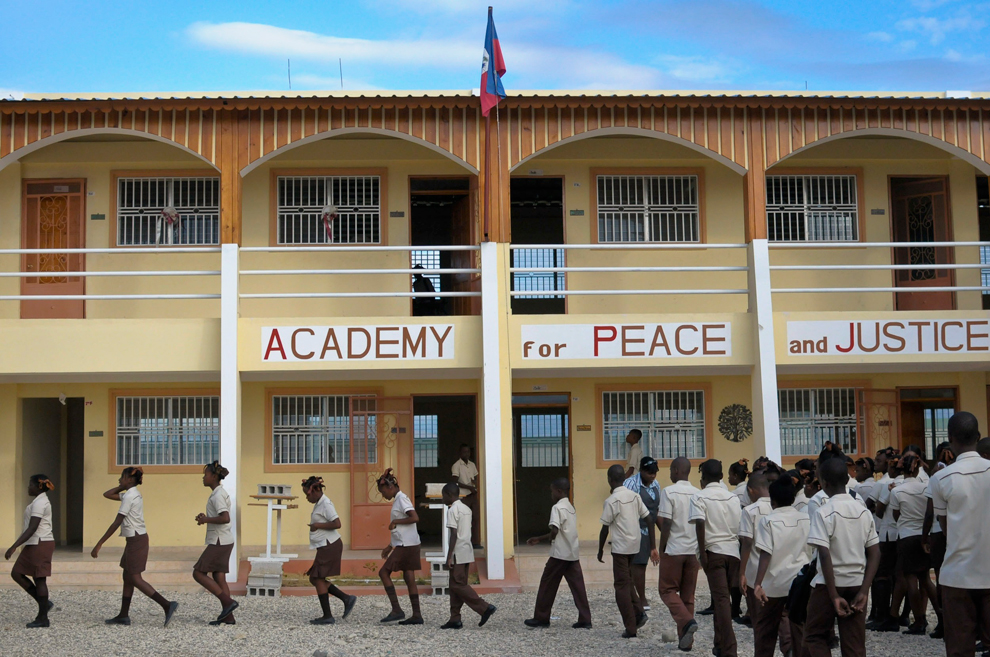 Children walk across the schoolyard of the Academy for Peace and Justice, run by a Catholic priest and funded by a roster of Hollywood A-list celebrities, in Port-au-Prince Jan. 9, 2012. (Swoan Parker/Reuters)
Children walk across the schoolyard of the Academy for Peace and Justice, run by a Catholic priest and funded by a roster of Hollywood A-list celebrities, in Port-au-Prince Jan. 9, 2012. (Swoan Parker/Reuters) 

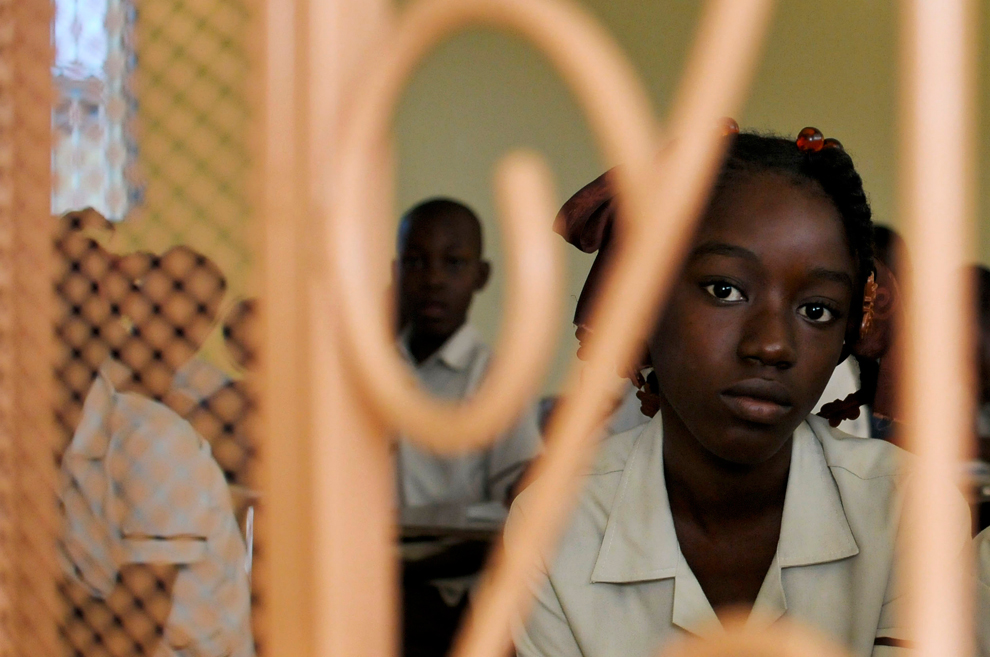
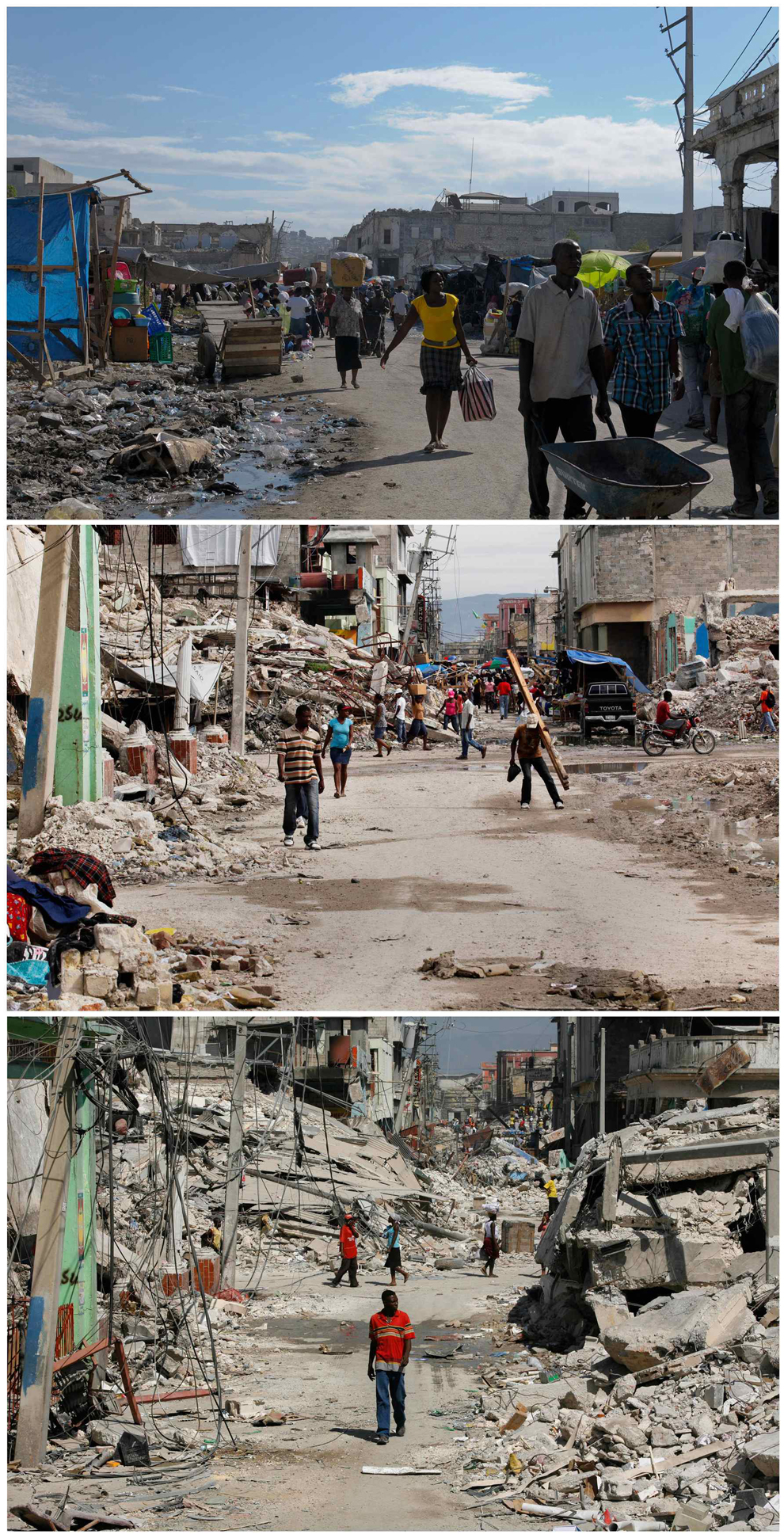

Women walk by posters of victims of the Jan. 12, 2010 earthquake on Jan. 10, 2012 in Petion-ville , a suburb of Port-au-Prince. UN agencies said Tuesday that Haitians face many challenges on the second anniversary of the earthquake that killed some 300,000 of their people, but those living in camps have dropped dramatically. (Thony Belizaire/AFP/Getty Images)

A girl walks past an abandoned helicopter Jan. 4, 2012 at a camp set up for people displaced by the 2010 earthquake, in what used to be an airstrip in Port-au-Prince, Haiti. Two years afterwards, more than half a million Haitians are still homeless, and many who have homes are worse off than before the Jan. 12, 2010 quake, as recovery bogs down under a political leadership that has been preoccupied with elections and their messy aftermath. (Dieu Nalio Chery/Associated Press)

Mamoune Destin, 33, stands inside the tent she and her husband have been living in for two years at a camp for people displaced by the 2010 earthquake in Petionville, Haiti. (Dieu Nalio Chery/Associated Press)

Meristin Florival, a mechanic (center) stands with friends on Jan. 5, 2012 as they look at portraits of loved ones in the Beaubin camp for people displaced by the 2010 earthquake in Petionville, Haiti. (Dieu Nalio Chery/Associated Press)

Darlene Claircin, 28, gets a short massage from her daughter Alandine Candio 8, inside a shed-like, temporary shelter built on a concrete slab by the Red Cross, that they are renting, after moving from a camp for people displaced by the 2010 earthquake, in Port-au-Prince, Haiti. (Dieu Nalio Chery/Associated Press

Marise Nelson, 26, and her 9-year-old daughter Saraphina, who were displaced by the 2010 earthquake, stand in their new one-bedroom home in Jalousie, a hillside shantytown near Port-au-Prince, Haiti. (Dieu Nalio Chery/Associated Press)

Liane Dupuis, a social worker and volunteer, carries a young boy on Dec. 21, 2011, as they play at the construction site of an orphanage in Grand Goave, Haiti. Massachusetts home builder Leonard Gengel's family is opening an orphanage in honor of his daughter Britney, a 19-year-old college sophomore whose last text message to her family before she died in the 2010 earthquake said that she wanted to open an orphanage in Haiti. With her last text message in mind, Gengel's family is now making it their mission to carry out her dream and aid children in this devastated island nation. (Dieu Nalio Chery/Associated Press)

An orphanage is seen under construction in Grand Goave, Haiti. Massachusetts home builder Leonard Gengel's family is opening an orphanage in honor of his daughter Britney, a 19-year-old college sophomore whose last text message to her family before she died in the 2010 earthquake said that she wanted to open an orphanage in Haiti. (Dieu Nalio Chery/Associated Press)

People sit outside a house that was destroyed by the Jan. 12, 2010 earthquake in Port au Prince Jan. 3, 2012. January 12th will mark the second anniversary of the devastating earthquake that killed some 300,000 people. Rubble removal remains a priority in the reconstruction effort. (Swoan Parker/Reuters)

Pirist Dugard, 31, places rock on a tarp covering his tent at a camp set up for people displaced by the 2010 earthquake, in what used to be an airstrip in Port-au-Prince, Haiti. Two years afterwards, more than half a million Haitians are still homeless, and many who have homes are worse off than before the Jan. 12, 2010 quake. (Dieu Nalio Chery/Associated Press)

A youth stands among debris Jan. 4, 2012 from tents disassembled by authorities who closed the camp occupied by people displaced by the 2010 earthquake near the airport in Port-au-Prince, Haiti. (Dieu Nalio Chery/Associated Press)

A dog sleeps outside a house that was destroyed by the Jan. 2010 earthquake in Port au Prince on Jan. 3, 2012. (Swoan Parker/Reuters)

A man carries a portrait of President Michel Martelly next to the earthquake-damaged presidential palace on Oct. 6, 2011 in Port-au-Prince, Haiti. Two years afterwards, more than half a million Haitians are still homeless, and many who have homes are worse off than before the Jan. 12, 2010 quake, as recovery bogs down under a political leadership that has been preoccupied with elections and their messy aftermath. (Dieu Nalio Chery/Associated Press)

Amputee patients who lost legs during the 2010 earthquake wait at a center run by Handicap International to undergo rehabilitative therapy in Port-au-Prince Jan. 4, 2012. (Swoan Parker/Reuters)

An amputee patient who lost his leg during the 2010 earthquake is seen reflected on a mirror during rehabilitative therapy at a center run by Handicap International in Port-au-Prince. (Swoan Parker/Reuters)

Children stand in the schoolyard of the Academy for Peace and Justice while waiting to sing the national anthem in Port-au-Prince Jan. 9, 2012. Bankrolled by a roster of Hollywood celebrities, the Academy of Peace and Justice is Haiti's first free secondary school and draws hundreds of children from Port-au-Prince's biggest slums. Its success stands out in Haiti, which is still struggling to lift itself from the rubble left by an earthquake two years ago that killed roughly 300,000 people and left more than 1.5 million homeless. (Swoan Parker/Reuters)
 Children walk across the schoolyard of the Academy for Peace and Justice, run by a Catholic priest and funded by a roster of Hollywood A-list celebrities, in Port-au-Prince Jan. 9, 2012. (Swoan Parker/Reuters)
Children walk across the schoolyard of the Academy for Peace and Justice, run by a Catholic priest and funded by a roster of Hollywood A-list celebrities, in Port-au-Prince Jan. 9, 2012. (Swoan Parker/Reuters) 
Students dust off their shoes before arriving at the Academy for Peace and Justice in Port-au-Prince Jan. 9, 2012. (Swoan Parker/Reuters)

An instructor carrying measuring instruments walks through the schoolyard of the Academy for Peace and Justice in Port-au-Prince Jan. 9, 2012. (Swoan Parker/Reuters)

A student attends lessons at the Academy for Peace and Justice in Port-au-Prince Jan. 9, 2012. Bankrolled by a roster of Hollywood celebrities, the Academy of Peace and Justice is Haiti's first free secondary school and draws hundreds of children from Port-au-Prince's biggest slums. Its success stands out in Haiti, which is still struggling to lift itself from the rubble left by an earthquake two years ago that killed roughly 300,000 people and left more than 1.5 million homeless. (Swoan Parker/Reuters)

A combination photograph shows Haitians walking in a badly damaged street after an earthquake in Port-au-Prince, almost two years later on Dec. 28, 2011 (top), seven months later on Sept. 30, 2010 (middle), and on the bottom Feb. 3, 2010. (Reuters)


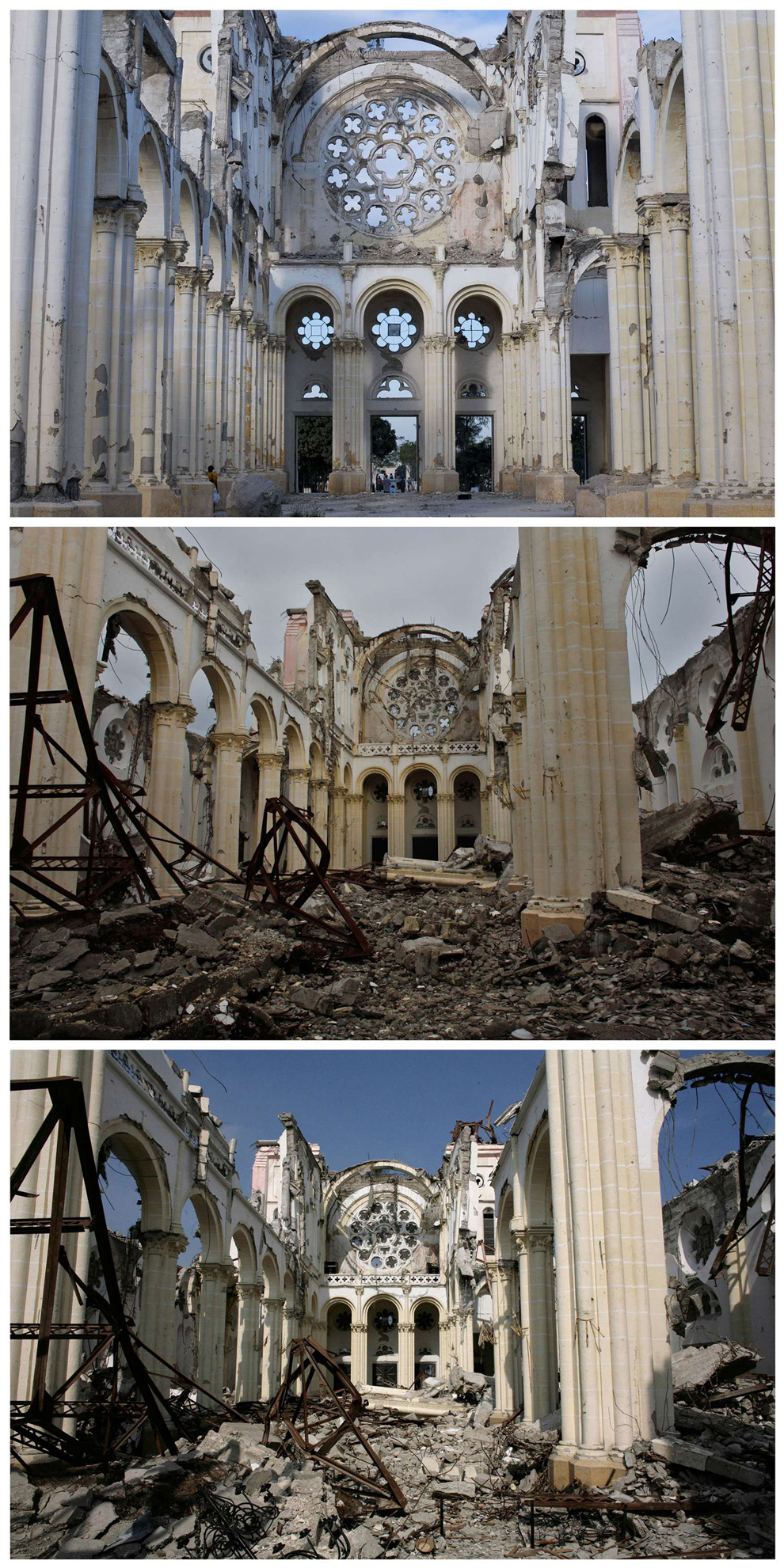

No comments:
Post a Comment